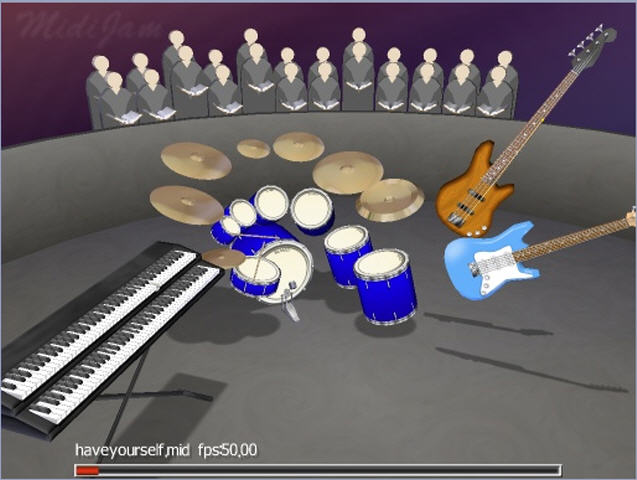

If you did it right, the holes should line up perfectly and you can mount your Pi onto the lid with two screws (and standoffs if you have them). Next remove the Raspberry Pi and drill two 1/8" holes in the lid where you marked it. Using a sharpie marker, make a small mark on the lid where the two screw holes will hold it in place. The Pi's SD card should just barely touch the other side of the box without going over the lid's inner edge. It should be placed with the USB jack, audio and RCA video connector closer to the sides. Start by laying your Raspberry Pi on the bottom lid of your stomp box. Once you've got your electronics soldered properly onto the PCB, it's a good time to give your eyes a rest and work on the case for your PiMiDi. MIDI connectors don't need to be directly soldered to the board if you have connector pins and 6 female-adapter wires. Since things aren't very clear on the layout, you can hover over components in the photo to see their values and other important details. Both layouts use the same connections, however the connector pins are reversed. If you're concerned about fitting it in a 1590BB box, use the layout on the right. If you don't have a double-sided protoboard, use the left layout and ribbon cable. I've included a layout of two PCB designs, depending on whether you want to use a ribbon cable (like I did) or connect it directly to the Raspberry Pi header. Now, it's time to start placing parts on the PCB board. (*note: if you only have a PC900 opto-coupler, you need to modify its pinout slightly according to the 2nd schematic).
#Midi jam project how to
If you’re interested in learning how to make your own, grab your materials and let’s get started!Īfter searching on the web for MIDI to Raspberry Pi schematics, I got a good start from and modified it to include a MIDI thru port and an LED with a controllable switch.
#Midi jam project serial
There are a few commercial USB MIDI interfaces on the market that would work with the Raspberry Pi, but since the Pi has built in UART (a serial hardware platform used by MIDI), I decided to make my own MIDI interface. I first heard of MIDI in the early 90s as a kid, thinking “What is this awful music playing on geocities webpages?” Synthesized music has improved a lot since then, with various controllers, synths and MIDI interfaces available to dubstep and warble to your heart’s content.Įnter the PiMiDi: A MIDI interface built on a Raspberry Pi. For the rest of you savages, MIDI (Musical Instrument Digital Interface) is a standard method for communicating musical information between two or more electronics. If you like messing with audio effects or making digital music, you might have heard of MIDI.
#Midi jam project full
In this world of having our backs against each other a reality full of conflict Senaka awase no sekai kasane aenai genjitsu

Still yearning for your love you will never see again Kirameku hoshi no umi ni ukabu omae no omokageĪmongst the sea of glittering stars lie your silhouette Heat up and sprout majestically oh thy soul thou has given to the Heavensīecome the shield for the weak and then lead the world Yowakimono no tate to nare soshite sekai wo michibike Oh! How love that's in us humans serves as the Sword of GodĪtsuku nare ookiku sake ten ni sasageshi inochi yo This is to protect the future of our beloved Earth Gareki no machi wo somete shizumu yuuhi ha kurenaiĪs the setting sun glows crimson, shining the town that's left to rubble The bell that signify the dark ages tolls reverbingly Tatakau tomo yo ima kimi ha shi mo osorezu

Yami no jidai wo tsugeru kane ga tooku nari hibiku Stand up and dance graciously oh soldier subjected to thy Fate Tachiagare kedakaku mae sadame wo uketa senshi yo It was composed by Kageyama Hironobu, arranged by Sudou Kenichi, and sang by JAM Project. Asu e no Honkou is the opening song of the Muv-Luv Alternative visual novel.


 0 kommentar(er)
0 kommentar(er)
